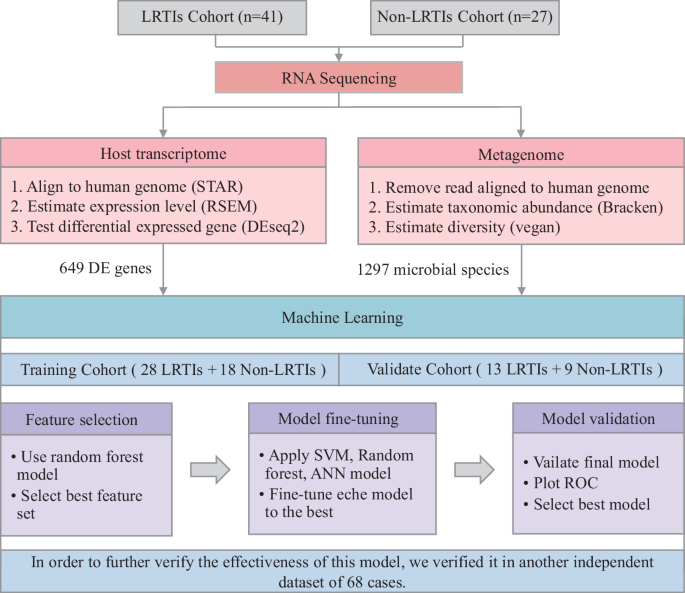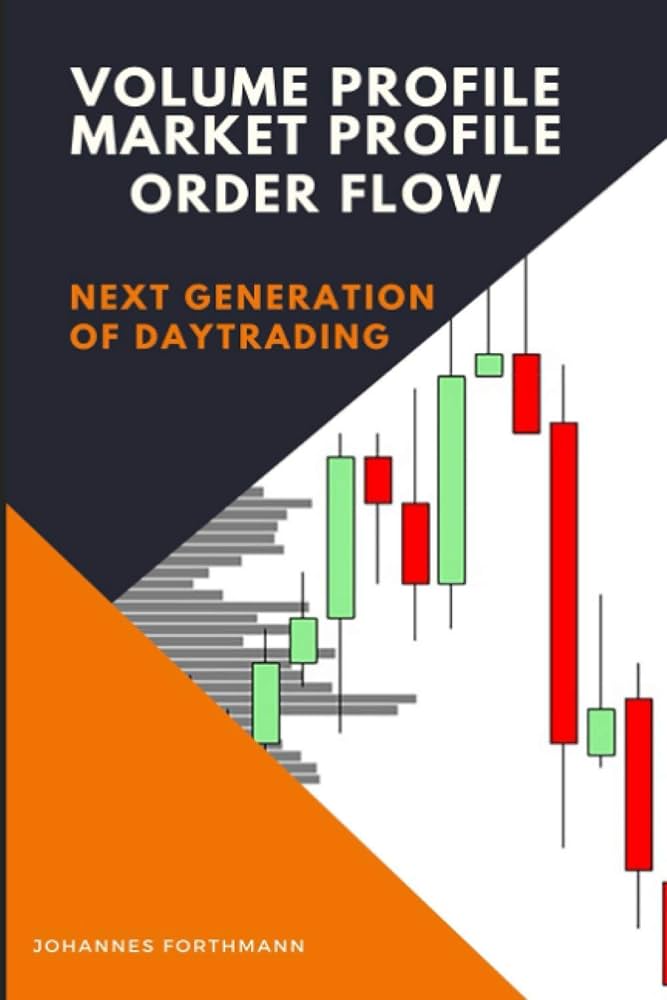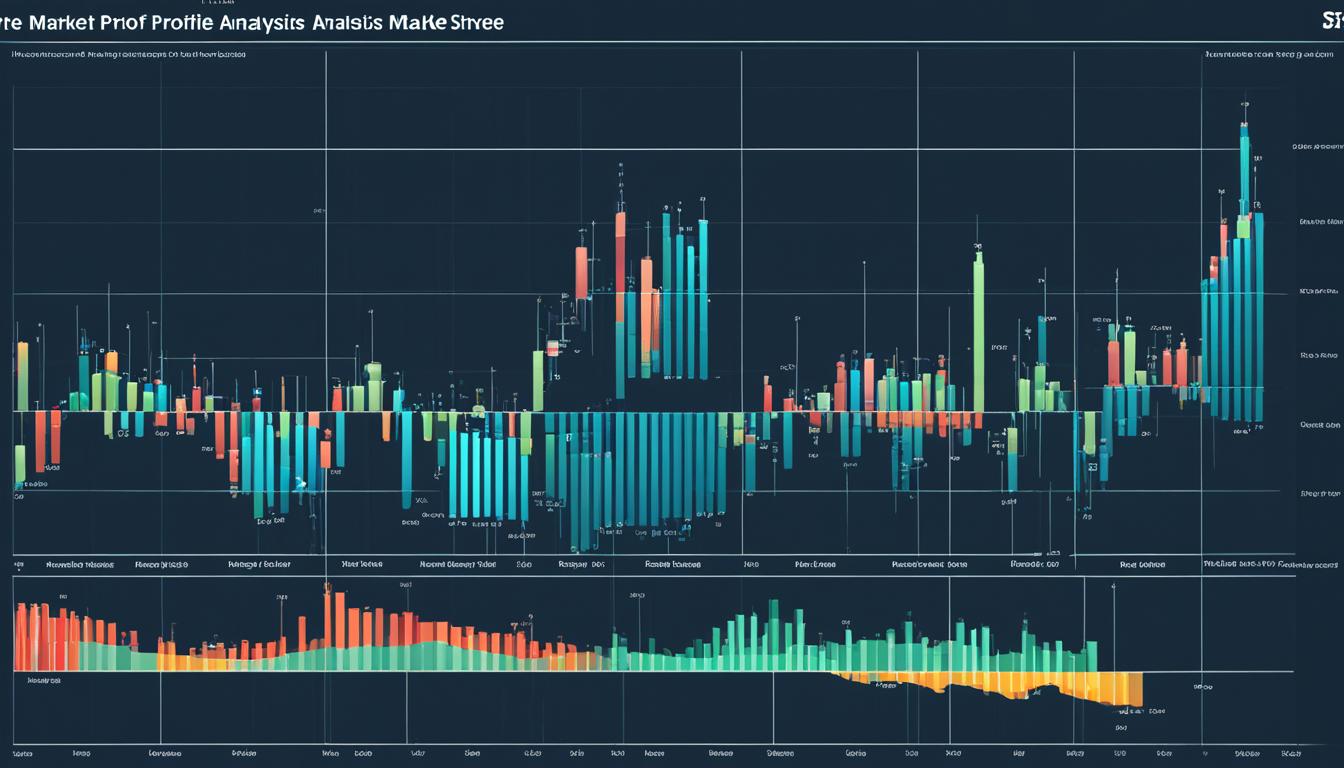Did you know that even the best traders can sometimes misinterpret a simple order flow chart, leading them to believe that a bull is actually a bear? Understanding order flow is essential for day trading success, and in this article, we break down everything you need to know. From the basics of what order flow is to why it’s crucial for your trading strategy, we’ll guide you through the tools and techniques that can enhance your trading skills. Discover how to read order flow charts, identify market trends, and avoid common pitfalls. Plus, learn how to effectively combine order flow with other strategies and the impact of news on trading decisions. With insights tailored for beginners and experienced traders alike, DayTradingBusiness equips you with the knowledge to master order flow analysis and elevate your trading game.
What is order flow in day trading?
Order flow in day trading refers to the analysis of the buying and selling activity in the market. It focuses on understanding the volume and price movements by looking at real-time data of orders being placed and executed. Traders use order flow to identify trends, gauge market sentiment, and make informed decisions on entry and exit points. By observing order book data, trade prints, and volume spikes, traders can anticipate potential price movements and adjust their strategies accordingly.
Why is order flow analysis important for day traders?
Order flow analysis is crucial for day traders because it provides real-time insights into market dynamics. By examining the buying and selling activity, traders can identify trends, gauge market sentiment, and spot potential reversals. This analysis helps in making informed decisions, enhancing entry and exit strategies, and managing risk effectively. Ultimately, understanding order flow can lead to more profitable trades and improved trading performance.
How can I start analyzing order flow as a beginner?
To start analyzing order flow as a beginner, follow these steps:
1. Understand Basic Concepts: Familiarize yourself with key terms like bid, ask, and volume. Know what order types (market, limit) are.
2. Use Order Flow Tools: Get a trading platform that offers order flow analysis tools such as Level II quotes, Time and Sales data, or a footprint chart.
3. Watch the Tape: Monitor Time and Sales to see real-time trades. Look for large orders and how they affect price movement.
4. Analyze Volume: Pay attention to volume spikes. High volume on price increases can indicate strong buying interest.
5. Identify Support and Resistance: Use order flow to find where large orders cluster, indicating potential support or resistance levels.
6. Practice with Simulated Trading: Use a demo account to practice interpreting order flow without risking real money.
7. Stay Informed: Read books, watch videos, or take courses focused on order flow trading strategies.
Start small, stay consistent, and gradually build your skills.
What tools are best for order flow analysis in day trading?
The best tools for order flow analysis in day trading include:
1. DOM (Depth of Market): Shows real-time buy and sell orders, helping to identify support and resistance levels.
2. Footprint Charts: Display volume at price levels, revealing buying and selling pressure.
3. Volume Profile: Analyzes volume distribution across price levels to identify key levels of interest.
4. Tick Charts: Provide a clearer view of price action by tracking a set number of trades rather than time.
5. Order Flow Software: Tools like Sierra Chart, NinjaTrader, or TradeStation offer advanced features for analyzing order flow data in detail.
6. Time and Sales: Displays real-time transaction data, helping to gauge market sentiment and momentum.
Using these tools can enhance your understanding of market dynamics and improve your day trading strategy.
How do I read order flow charts effectively?

To read order flow charts effectively, focus on the following steps:
1. Understand Key Terms: Familiarize yourself with terms like bid, ask, market depth, and volume.
2. Analyze Volume: Look for spikes in volume, which indicate strong buying or selling interest.
3. Watch the Bid-Ask Spread: A narrowing spread suggests increasing liquidity, while a widening spread may indicate uncertainty.
4. Identify Order Types: Distinguish between market orders and limit orders to gauge market sentiment.
5. Look for Imbalances: Notice when buy orders significantly outnumber sell orders, which can signal price movement direction.
6. Use Time and Sales: Monitor the time and sales data to see real-time trades and how they impact price.
7. Combine with Price Action: Integrate order flow analysis with price charts for a comprehensive view.
8. Practice Regularly: Consistent practice will enhance your ability to interpret order flow charts quickly.
By honing these skills, you can make more informed trading decisions based on order flow.
What are the key indicators of order flow?
Key indicators of order flow include:
1. Volume: High trading volume signals strong interest and can indicate potential price movement.
2. Bid-Ask Spread: A narrow spread often shows strong demand, while a wider spread may suggest uncertainty.
3. Order Book Data: Analyzing buy and sell orders helps identify market sentiment and possible price levels.
4. Market Depth: The number of pending orders at various price levels reveals support and resistance areas.
5. Trade Size: Large trades can indicate institutional activity, affecting price direction.
6. Cumulative Delta: This measures the difference between buying and selling pressure over time, highlighting trend strength.
Utilizing these indicators can enhance your day trading strategy by providing insights into market dynamics.
How can I use order flow to identify market trends?
To use order flow for identifying market trends, focus on these key steps:
1. Analyze Buy and Sell Orders: Monitor the volume of buy versus sell orders. A higher number of buy orders indicates bullish sentiment, while more sell orders suggest bearish sentiment.
2. Look for Imbalances: Identify significant imbalances in order flow. A surge in buy orders without corresponding sell orders can signal a potential upward trend.
3. Monitor Price Reaction: Observe how prices react to large orders. If prices rise after large buy orders, it may confirm a bullish trend; if they drop after large sell orders, it suggests a bearish trend.
4. Use Time and Sales Data: Study the time and sales data to see the speed of transactions. Rapid buying can indicate strong demand, hinting at an emerging trend.
5. Combine with Technical Indicators: Use order flow analysis alongside technical indicators like moving averages or support and resistance levels for more robust trend identification.
By focusing on these elements, you can effectively harness order flow to pinpoint market trends for day trading success.
What is the difference between order flow and traditional technical analysis?
Order flow focuses on the actual buy and sell orders in the market, showing real-time supply and demand dynamics. It reveals how much volume is trading at specific price levels, helping traders gauge market sentiment and potential price movements.
Traditional technical analysis relies on historical price data and indicators, such as moving averages or RSI, to predict future price actions. It’s more about patterns and trends rather than immediate market activity.
In summary, order flow gives a granular view of current market behavior, while traditional technical analysis looks at broader trends over time.
How does volume relate to order flow in day trading?

Volume indicates the number of shares traded within a specific timeframe and is crucial for analyzing order flow in day trading. High volume often signifies strong interest in a stock, making it easier to identify trends and reversals. When volume spikes alongside price movement, it confirms the strength of that movement, suggesting that the order flow is supporting the price action. Conversely, low volume can signal weak interest, increasing the risk of false breakouts. Monitoring volume alongside order flow helps traders gauge market sentiment and make informed decisions.
What common mistakes should I avoid in order flow analysis?
Avoid these common mistakes in order flow analysis:
1. Ignoring Market Context: Always consider the broader market trends and news that can impact order flow.
2. Overlooking Volume: Pay attention to volume alongside order flow; low volume can skew your analysis.
3. Misinterpreting Data: Don’t jump to conclusions based on single data points. Look for patterns over time.
4. Neglecting Time Frames: Analyze order flow across multiple time frames to get a clearer picture.
5. Failing to Adapt: Be flexible; strategies that worked in the past may not apply in evolving market conditions.
6. Relying Solely on Indicators: Use order flow data in conjunction with other analysis tools for better accuracy.
7. Emotional Trading: Stay disciplined and avoid making impulsive decisions based on short-term fluctuations.
8. Lack of Practice: Regularly practice your analysis skills to improve your understanding of order flow dynamics.
Learn about Common Mistakes in Order Flow Analysis for Day Traders
How can I combine order flow with other trading strategies?
To combine order flow with other trading strategies, start by integrating it with technical analysis. Use order flow to confirm signals from indicators like moving averages or RSI. For example, if you see strong buying pressure through order flow when price is near a moving average, consider it a bullish signal.
Next, incorporate order flow into your risk management strategy. Analyze the volume and order book data to set stop-loss orders strategically, ensuring they align with market sentiment.
Additionally, pair order flow with price action trading. Look for price patterns that coincide with order flow trends. If you spot a bullish engulfing candle alongside increasing buy orders, it's a stronger signal to enter a trade.
Finally, combine order flow with news trading. Use real-time order flow data to gauge market reactions to news events. If order flow shows significant buying after a positive earnings report, it may indicate a good entry point.
By blending order flow analysis with these strategies, you can enhance your day trading success.
Learn about How to Incorporate Order Flow Analysis into Your Trading Routine
What timeframes are best for analyzing order flow?
The best timeframes for analyzing order flow in day trading are typically 1-minute, 5-minute, and 15-minute charts. These provide a clear view of market dynamics and help identify entry and exit points quickly. For deeper insights, you can also look at 30-minute and hourly charts, but stick to shorter timeframes for immediate trades.
How do institutional traders use order flow analysis?
Institutional traders use order flow analysis to gauge market sentiment and identify potential price movements. They track the volume and size of buy and sell orders to understand supply and demand dynamics. By analyzing real-time order data, they can spot large trades that may indicate institutional interest, allowing them to make informed trading decisions. This helps them enter or exit positions at optimal times, enhancing their day trading success.
Learn about How Do Institutional Traders Use Volume and Order Flow Data?
What role does liquidity play in order flow analysis?

Liquidity is crucial in order flow analysis because it determines how easily trades can be executed without significant price changes. High liquidity allows traders to enter and exit positions quickly, minimizing slippage and increasing the accuracy of their trades. When analyzing order flow, observing liquidity helps identify potential support and resistance levels, as well as the strength of buying or selling pressure. In day trading, understanding liquidity ensures that you can react swiftly to market movements, optimizing your chances for success.
How can I practice my order flow analysis skills?
To practice order flow analysis skills, start by using a trading platform with real-time data. Focus on reading the order book and time and sales to understand market dynamics. Set up a demo account to simulate trades based on order flow signals. Analyze past trades and review how order flow influenced price movements. Join online communities or forums to discuss strategies and share insights. Regularly track your progress and refine your techniques based on what you learn.
Learn about How to Incorporate Order Flow Analysis into Your Trading Routine
How does news impact order flow and trading decisions?
News impacts order flow and trading decisions by influencing trader sentiment and market perceptions. When significant news breaks, it often leads to increased volatility and shifts in supply and demand. Traders react quickly to headlines, leading to surges in buying or selling activity.
For example, positive earnings reports can create bullish momentum, prompting more buy orders, while negative news may trigger sell-offs. Analyzing the order flow after news events helps traders gauge market reactions and identify potential entry or exit points. Monitoring volume spikes and price movements in response to news can reveal where larger traders are positioning themselves, guiding day trading strategies effectively.
Learn about How Do Fear and Greed Impact Day Trading Decisions?
Conclusion about How to Analyze Order Flow for Day Trading Success
Incorporating order flow analysis into your day trading strategy can significantly enhance your decision-making process and trading outcomes. By understanding market dynamics, identifying trends, and avoiding common pitfalls, traders can gain valuable insights that traditional technical analysis may overlook. Utilizing the right tools and practicing consistently will further refine your skills. For comprehensive guidance and resources, DayTradingBusiness is here to support your journey towards trading success.
Learn about How to Analyze Market Sentiment for Day Trading Success